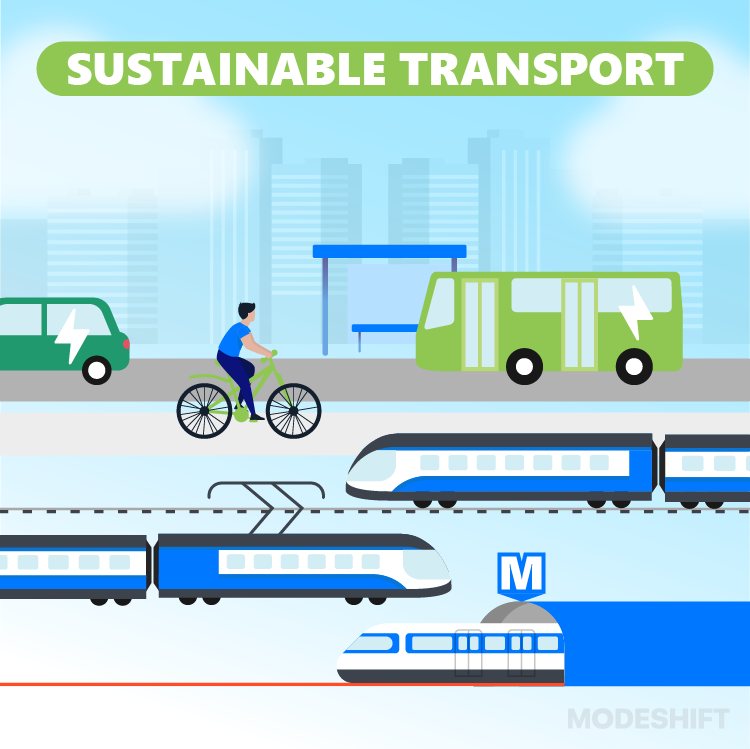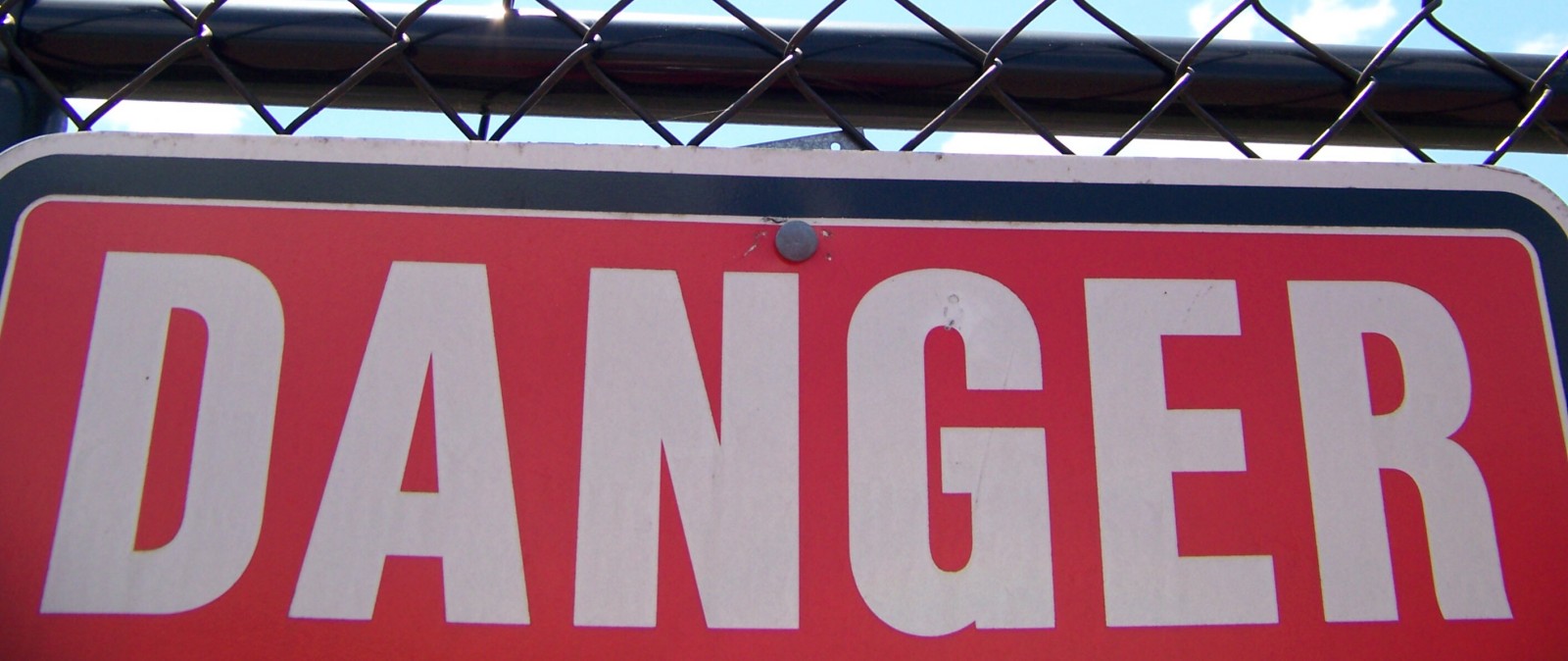Wind-Powered Trains: A Green Solution For Sustainable Transportation

Table of Contents
The Technological Feasibility of Wind-Powered Trains
The concept of wind-powered trains might seem futuristic, but several technological approaches are being explored to harness wind energy for train propulsion. These innovative solutions aim to integrate wind power seamlessly with existing railway infrastructure and even enhance existing systems.
-
Wind Turbine Integration: Imagine trains equipped with integrated wind turbines, either on rooftops or along the sides, capturing kinetic energy and converting it into electricity to supplement or even replace traditional power sources. This design requires careful aerodynamic considerations to minimize drag and maximize energy generation.
-
Offshore Wind Farms & Grid Connection: Offshore wind farms could power electric trains indirectly. By connecting these farms to the electricity grid, renewable energy generated from the wind can be used to charge trains at stations, reducing reliance on fossil fuel-based power plants. This approach leverages existing wind power infrastructure for a more immediate impact.
-
Kinetic Energy Recovery Systems (KERS) with Wind Assistance: KERS systems already capture energy during braking, but incorporating wind assistance could significantly enhance their efficiency. Wind could supplement the braking energy, increasing the amount of energy recovered and reused for propulsion, making trains more energy-efficient and environmentally friendly.
The mechanics involve converting wind energy into mechanical energy via turbines, then converting this mechanical energy into electrical energy through generators. This electricity would either directly power the train's motors or charge onboard batteries for later use. However, integrating these systems into existing railway infrastructure presents challenges, requiring careful planning and potentially significant modifications to rolling stock and supporting infrastructure. This includes ensuring structural integrity, addressing weight limitations, and optimizing energy flow between the wind turbine, energy storage, and the train's propulsion system. This integration will require collaboration between railway engineers, wind energy specialists, and experts in railway electrification and renewable energy sources.
Environmental Benefits of Wind-Powered Trains
The environmental benefits of wind-powered trains are substantial. By switching from diesel or fossil-fuel-powered electric trains, we can significantly reduce the industry's carbon footprint.
-
Greenhouse Gas Emission Reduction: Wind-powered trains drastically reduce greenhouse gas emissions, contributing to mitigating climate change and achieving global emission reduction targets. The exact reduction will depend on the specific design and implementation of the wind energy system, but the potential for a significant decrease is clear.
-
Improved Air Quality: By eliminating or significantly reducing reliance on fossil fuels, wind-powered trains contribute to better air quality in both urban and rural areas, leading to improved public health. This is particularly beneficial for communities located near railway lines.
-
Reduced Noise Pollution: While wind turbines produce some noise, it's generally lower than the noise produced by traditional diesel trains. This reduction in noise pollution improves the quality of life for people living near railway lines. The overall environmental impact would be greatly enhanced.
These factors collectively contribute to a more sustainable and environmentally friendly transportation system, aligning with global efforts towards green transportation and eco-friendly train initiatives.
Economic Aspects of Wind-Powered Trains
While the initial investment costs of wind-powered trains might be higher than for traditional systems, the long-term economic advantages are compelling.
-
Reduced Fuel Consumption: Eliminating or reducing fuel dependency translates to significant long-term cost savings. This is a crucial factor for railway operators aiming to achieve cost-effectiveness in their operations.
-
Lower Maintenance: Wind turbines, while requiring maintenance, may have lower maintenance needs than combustion engines, leading to further cost savings over the lifespan of the train.
-
Government Incentives and Subsidies: Many governments offer incentives and subsidies for green transportation technologies, making wind-powered trains a more economically viable option. These incentives can significantly offset initial investment costs, improving the return on investment.
-
Green Job Creation: The development, manufacturing, and maintenance of wind-powered trains would create numerous green jobs, stimulating economic growth and providing new employment opportunities in the renewable energy sector.
Challenges and Future Prospects of Wind-Powered Trains
Despite the numerous advantages, challenges remain in implementing wind-powered train technology.
-
Wind Availability and Variability: Wind is an intermittent energy source. Reliable energy storage solutions are crucial to overcome the variability of wind availability and ensure a consistent power supply for the trains.
-
Energy Storage Solutions: Developing efficient and cost-effective energy storage systems is critical for overcoming the intermittency of wind power. Advanced battery technologies and other energy storage methods will be essential.
-
Grid Integration: For systems relying on grid connections, seamless integration with smart grids and advanced energy management systems is necessary to optimize energy distribution and minimize waste.
-
Technological Advancements: Continued research and development efforts are needed to improve the efficiency of wind turbines, reduce costs, and enhance the overall performance and reliability of wind-powered train systems. This requires substantial investment in technological advancements and innovations.
Embracing Wind Power for a Greener Railway Future
Wind-powered trains offer a compelling vision for a greener railway future. Their environmental benefits – significantly reduced greenhouse gas emissions, improved air quality, and reduced noise pollution – are undeniable. Economically, they present a long-term cost-effective solution with potential for substantial savings and green job creation. While challenges remain, particularly concerning energy storage and consistent power supply, ongoing research and development are paving the way for this revolutionary technology. Let's embrace the power of wind to create a greener future for rail transport through the adoption of wind-powered train technology and support initiatives promoting sustainable railway solutions and the adoption of renewable energy in the transportation sector.

Featured Posts
-
 Holyrood Election Farages Reform Partys Position On The Snp
May 03, 2025
Holyrood Election Farages Reform Partys Position On The Snp
May 03, 2025 -
 Mini Camera Chaveiro Espia Funcionalidades Precos E Lojas
May 03, 2025
Mini Camera Chaveiro Espia Funcionalidades Precos E Lojas
May 03, 2025 -
 Unreleased 2008 Disney Game Appears On Ps Plus Premium
May 03, 2025
Unreleased 2008 Disney Game Appears On Ps Plus Premium
May 03, 2025 -
 The Missing Piece Souness On Arsenals Title Challenge
May 03, 2025
The Missing Piece Souness On Arsenals Title Challenge
May 03, 2025 -
 Bof A On Stock Market Valuations A Reason For Investor Calm
May 03, 2025
Bof A On Stock Market Valuations A Reason For Investor Calm
May 03, 2025
Latest Posts
-
 Fixing Fortnite Matchmaking Error 1 Expert Solutions And Tips
May 03, 2025
Fixing Fortnite Matchmaking Error 1 Expert Solutions And Tips
May 03, 2025 -
 Fortnite Game Mode Removals A Sign Of Shifting Priorities
May 03, 2025
Fortnite Game Mode Removals A Sign Of Shifting Priorities
May 03, 2025 -
 The Impact Of Fortnite Game Mode Shutdowns On Player Engagement
May 03, 2025
The Impact Of Fortnite Game Mode Shutdowns On Player Engagement
May 03, 2025 -
 Fortnite Server Downtime Checking Server Status And Update 34 21 Details
May 03, 2025
Fortnite Server Downtime Checking Server Status And Update 34 21 Details
May 03, 2025 -
 Fortnites V34 30 Update Sabrina Carpenter Collaboration And New Content
May 03, 2025
Fortnites V34 30 Update Sabrina Carpenter Collaboration And New Content
May 03, 2025
